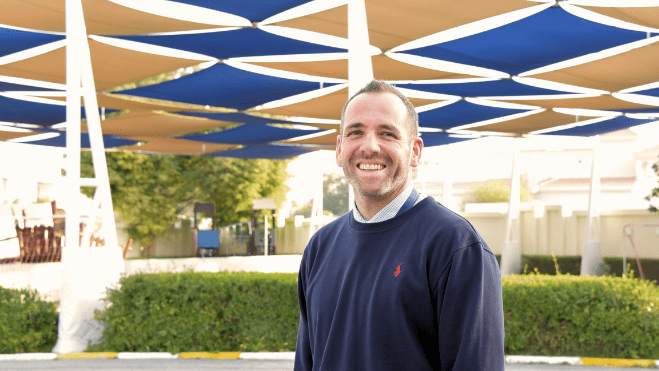Greetings, fellow knowledge seekers! Picture this: a former archaeologist turned classroom wanderer, searching for ways to turn the sometimes dusty corridors of history into a bustling hub of excitement. That's me! Today, I'm here to share a thrilling journey into the heart of learning, where artefacts take center stage, captivating minds, and weaving a tale that transcends the ordinary.
The Quest for Inclusivity
History, as I discovered, doesn't have to be a cryptic code decipherable only by the linguistically gifted. It's not just for the wordy and verbose; it's for everyone. As a teacher with a penchant for the past, I stumbled upon a magic formula: artefacts. These tangible pieces of history became my trusty companions in creating an inclusive classroom, especially for those with Additional Learning Needs (ALN).
Digital Delights and Artefacts
In the era of pixels and screens, I witnessed the enchantment that digital classrooms bring. No more battered cardboard boxes—now, artefacts could teleport straight into students' homes. Thanks to the wonders of digitization, my students could examine Bronze Age brooches or Victorian vases from the cozy comfort of their living rooms, connecting with history in ways unimaginable just a few years ago.
Digital archives, virtual museum tours, and interactive applications transformed my classroom into a time-traveling hub. Even students who couldn't physically visit museums could soar above the Seven Wonders or witness an archaeological dig unearthing ancient treasures.
Hands-On Havens for ALN Learners
For ALN students, tactile experiences are golden keys to understanding. Enter artefact packs—treasure troves of replicas and genuine wonders that students can touch, feel, and explore. Imagine the thrill of holding a piece of history in your hands! To weave regular artefact handling into our school routine, we kicked off an adventurous Young Archaeologist Club, where curiosity meets hands-on exploration.
Beyond History: Artefacts and Career Adventures
But the magic of artefacts isn't confined to dusty textbooks; it's a gateway to career possibilities. We linked artefacts to STEM fields, showcasing the practical applications of science, technology, engineering, and mathematics in disciplines like conservation, archaeology, and heritage management. Suddenly, our history lessons weren't just about the past; they were inspiring potential future careers.
Teacher's Toolbox: Artefacts as Professional Allies
Artefacts aren't just enchanting for students—they're a teacher's secret weapon. Workshops and seminars on weaving artefacts into lesson plans became a source of power-up for educators. Armed with innovative teaching strategies, we created a dynamic learning environment that benefited all students, including those with ALN.
Uncover the Future: Artefacts as Learning Keys
Artefacts are more than remnants of the past; they are gateways to understanding, curiosity, and potential career exploration. Through a blend of digital magic, hands-on exploration, and innovative strategies, artefacts transform into tools of empowerment for both students and educators.
As we embark on this journey of knowledge, let's remember our privilege and responsibility as educators. By unlocking the captivating world of artefacts, we have the power to inspire the next generation. Join me in unearthing the treasures of the past to shape a future where every learner, regardless of their abilities, is inspired to explore, learn, and grow through the captivating world of artefacts.
Here's to a future filled with curiosity, excitement, and endless possibilities!
Suzannah Caldicott
Head of History






